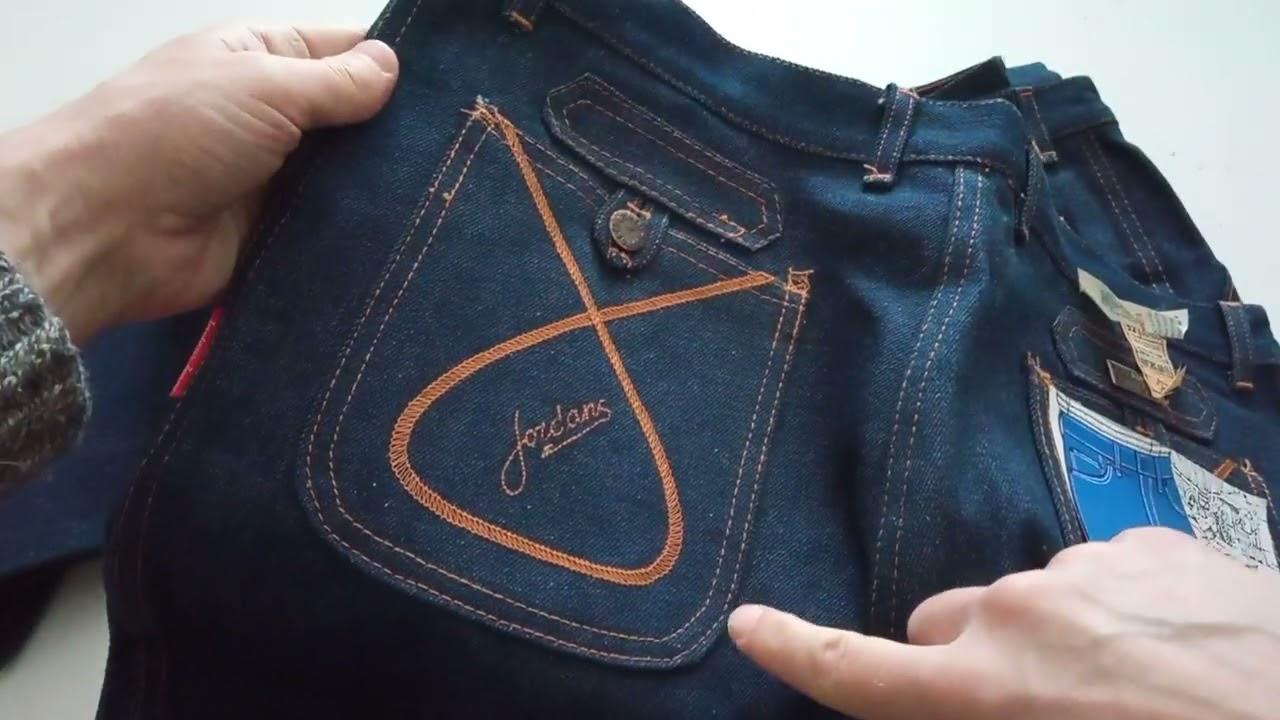Notifications

7 minutes, 54 seconds
-25 Views 0 Comments 0 Likes 0 Reviews

Jeans are more than just a staple of casual fashion—they are a testament to craftsmanship, innovation, and global industry. From the cultivation of raw cotton to the final rivet fastened at the waistband, the journey of making a single pair of jeans is complex, fascinating, and deeply rooted in textile history. This article explores the entire jeans manufacturing process, step-by-step, in exhaustive detail, to reveal how your favorite denim is born.
The process begins in the cotton fields, primarily located in countries such as the United States, India, China, and Brazil. High-quality long-staple cotton fibers are preferred for denim as they offer greater strength, durability, and softness. After harvesting, the cotton bolls are ginned, a process that separates the fluffy fibers from the seeds.
Once ginned, the raw cotton undergoes carding and combing. Carding aligns the fibers and removes impurities, while combing ensures only the longest fibers make it through, resulting in smoother and stronger threads—ideal for weaving into denim.
After preparation, the cotton fibers are sent to spinning mills, where they are twisted and spun into yarn. There are generally two types of yarn used in denim:
Warp yarns: Dyed with indigo and used for the vertical weave.
Weft yarns: Usually left undyed and used for the horizontal weave.
Modern spinning techniques such as ring spinning and open-end spinning influence the texture and weight of the final fabric. Ring-spun yarns produce softer and more durable denim, whereas open-end yarns are more economical.
The iconic blue hue of jeans comes from indigo dyeing, a process that involves dipping the yarn multiple times into vats of synthetic or natural indigo dye. Each dip adds a layer of color, and exposure to air oxidizes the indigo, deepening the shade.
This repetitive "dye-dry-repeat" cycle can occur up to 15 times to achieve the desired saturation. Modern dyeing methods include rope dyeing (preferred for premium denim) and slasher dyeing (used in mass production).
Once dyed, the yarns move to the weaving stage, where they are turned into denim fabric using looms. Denim is traditionally woven using a 3x1 twill weave, which creates the diagonal ribbing distinctive to denim.
Warp yarns run lengthwise and are dyed indigo.
Weft yarns interlace horizontally and are typically white.
There are different types of denim weaves:
Right-hand twill: Most common, known for durability.
Left-hand twill: Softer with a more relaxed drape.
Broken twill: Combines both for added comfort and flexibility.
After weaving, the fabric is sanforized (pre-shrunk) or left unsanforized for raw denim enthusiasts.
The raw denim fabric undergoes several finishing processes:
Desizing: Removes the starch applied during weaving.
Singeing: Burns off stray fibers for a smooth surface.
Mercerizing: Enhances fabric strength and dye affinity.
Heat-setting: Stabilizes the fabric dimensions.
These steps ensure the fabric is ready for the cutting and sewing process, delivering consistency in quality and performance.
Designers use digital CAD (Computer-Aided Design) systems to create precise patterns for different jeans styles—skinny, bootcut, relaxed, etc. The denim fabric is then stacked in layers, sometimes up to 100 pieces thick, and cut with high-powered automated cutting machines.
Each part of the jeans has a specific cut:
Front and back panels
Waistbands
Pockets
Yoke and fly pieces
Marking and cutting are done with extreme accuracy to minimize fabric waste and ensure uniformity.
After cutting, the pieces are sewn together using industrial sewing machines by skilled garment workers. The process involves multiple complex steps:
Stitching the pockets and coin pocket
Sewing the yoke to the back panel
Constructing the inseams and outseams
Inserting the zipper or button fly
Attaching the waistband and belt loops
The use of chain stitching and double-needle stitching ensures durability, especially at stress points.
Metal rivets and buttons, originally patented by Levi Strauss, are more than decorative—they reinforce high-stress areas. These are applied using pneumatic or mechanical press machines for precision.
Zippers, leather patches, and branded buttons are added in this phase to complete the signature look of the jeans.
At this stage, the jeans are washed, distressed, or treated depending on the design requirements. There are several techniques:
Stone washing: Uses pumice stones to create a worn look.
Enzyme washing: Softer and eco-friendlier alternative.
Sandblasting: Adds abrasions for a rugged appearance.
Laser finishing: Digitally burns patterns into the fabric.
Ozone fading: Uses ozone gas for a lighter shade without water.
Each pair may be hand-finished, especially for premium lines, with techniques like whiskering, honeycombing, and scraping to simulate authentic wear.
Before reaching consumers, every pair undergoes rigorous quality checks:
Seam integrity inspection
Measurement accuracy
Color fastness tests
Label and tag verification
Jeans are then folded, tagged, and packed for shipping. High-end brands may include special care instructions or packaging to elevate the unboxing experience.
Modern denim manufacturers are increasingly focusing on eco-friendly practices:
Organic and recycled cotton
Waterless dyeing technologies
Closed-loop water recycling systems
Biodegradable finishes
Fair labor certifications
Brands are now investing in sustainable innovation, striving to reduce the environmental footprint of denim production without compromising style or quality.
Creating a pair of jeans is a deeply intricate process that combines agricultural science, textile engineering, skilled craftsmanship, and sustainable innovation. From the cotton field to the retail shelf, every step is crucial in crafting the comfortable, durable, and iconic garment that jeans have become today.

